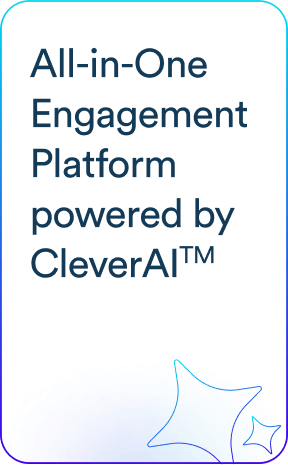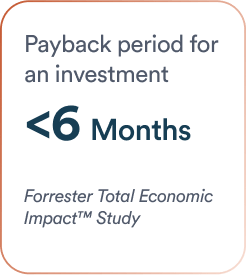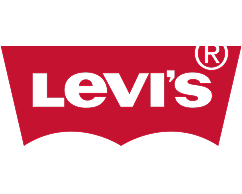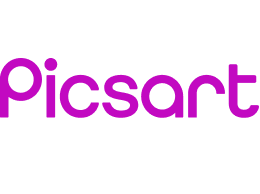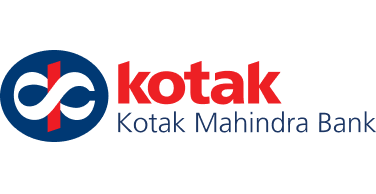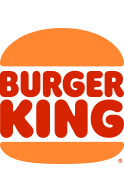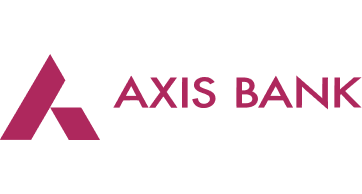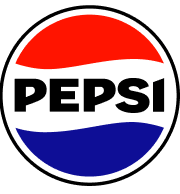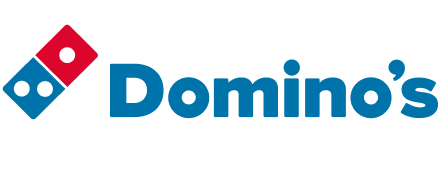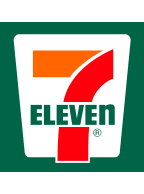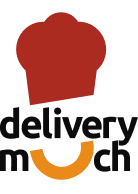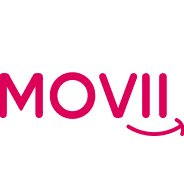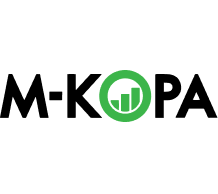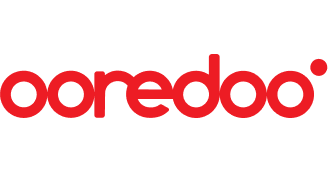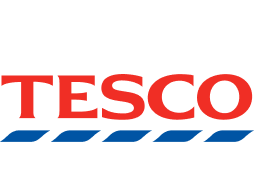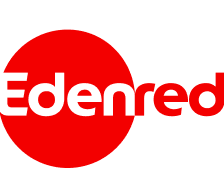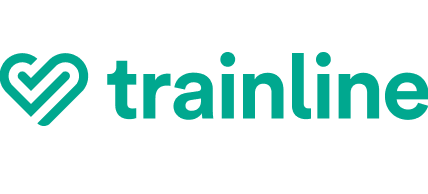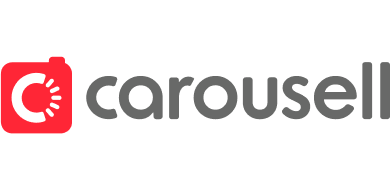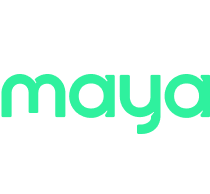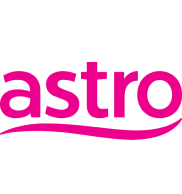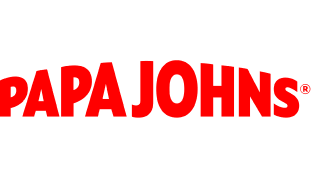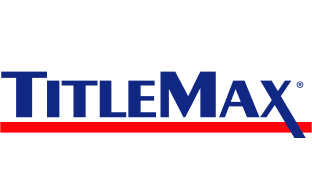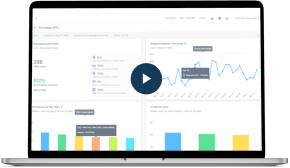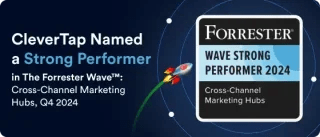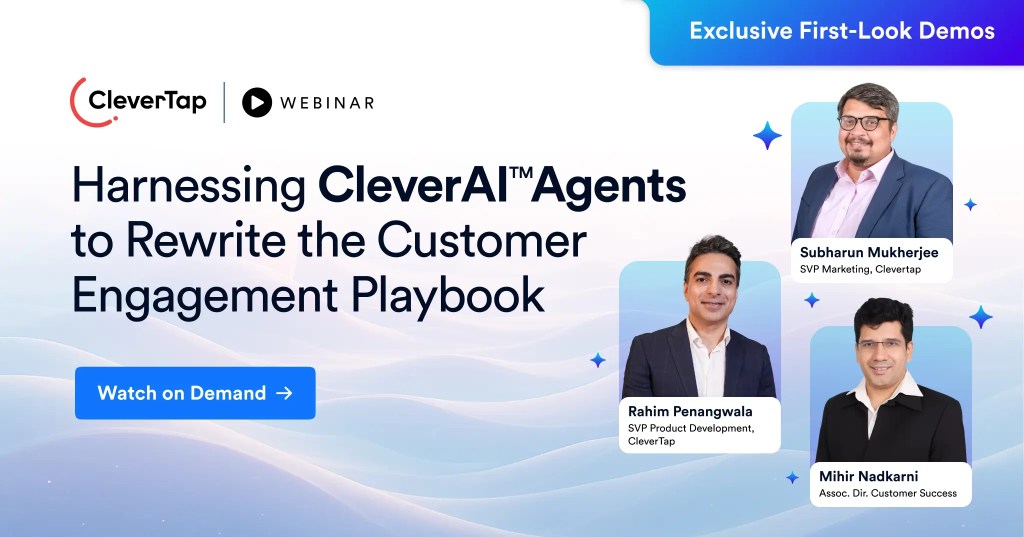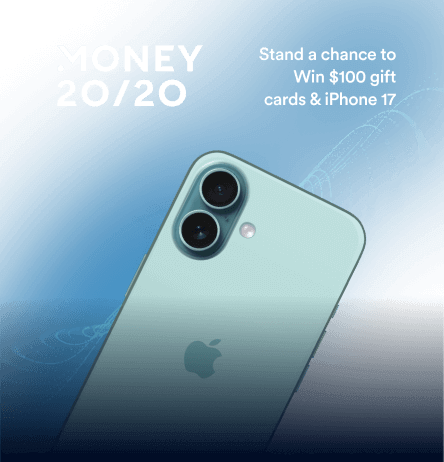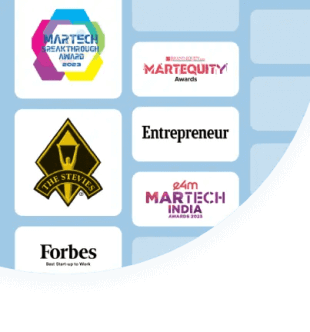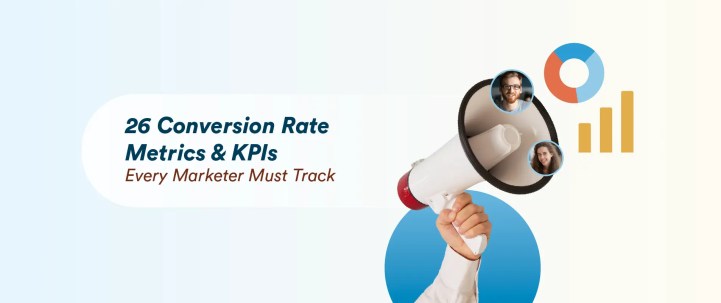You’ve got dashboards full of data. Traffic is up, engagement looks solid, the campaigns “seem” to be working. But here’s the thing:
Without conversions, none of it counts.
A “conversion” can be anything from a product purchase or app download to an email sign-up. By monitoring these key indicators, you’ll gain insight into what’s working, what needs fine-tuning, and how to allocate resources more effectively.
You’ll often hear about macro-conversions (primary goals, like completed purchases) and micro-conversions (smaller steps, like adding items to a cart or downloading an eBook). By tracking both, you can identify friction points in the buyer’s journey and follow conversion rate optimization best practices to see higher conversions and growth.
In this blog, we’ll show you how to calculate your conversion rate, then dive into 26 must-track conversion rate metrics—from primary and cost-related metrics to engagement, funnel, and customer value KPIs. We’ll also share practical optimization tips and briefly introduce how CleverTap can help refine your conversion strategy.
How to Calculate Conversion Rate
A conversion rate is the percentage of users who complete a desired action, such as making a purchase or filling out a form. What qualifies as a conversion depends on your business model and goals. For an e-commerce store, it might be a completed purchase; for a SaaS company, it could be a free trial sign-up; and for a content site, it may be a gated content download.
It is calculated by dividing the number of conversions by the total number of users. Conversion rates can help you quickly evaluate the effectiveness of your marketing campaign with one single number.
Formula
Conversion Rate = (Number of Conversions / Total Number of Visitors) × 100%
Example
- An online store receiving 5,000 visitors and recording 125 sales has a 2.5% conversion rate.
- A landing page with 2,000 visitors and 100 form submissions has a 5% conversion rate.
Get the report on average website conversion rate benchmarks and see where you stand.
Essential Conversion Rate Metrics You Should Track
Not all conversions carry the same weight; some drive more revenue or long-term value while others track progress towards a larger goal. That’s why tracking a few additional metrics beyond just the basic conversion rate gives you a clearer picture of what’s actually working. Here are 26 essential conversion metrics to track.
A. Primary Conversion Metrics
These are the most direct indicators of how effectively your marketing drives user actions—whether that’s filling out a form, clicking a button, or completing a purchase.
1. Conversion Rate (CR)
As mentioned earlier, conversion rate is the most important of all performance metrics. It tells you what percentage of users completed your desired action—like signing up, making a purchase, or downloading an app—compared to how many visited your site or landing page.
A high conversion rate means your offer, messaging, and user experience are all aligned. A low one? That means further analysis is required on where the campaign was failing, whether it is poor targeting, confusing UX, or an offer that just doesn’t resonate.
2. Click-Through Rate (CTR)
Click-through rate tracks how many users click on a link, ad, or CTA out of everyone who saw it. It’s one of the clearest signs that your content or ad is catching attention.
A strong CTR usually means your headline, image, or value prop is hitting the mark. A weak CTR? That’s often a cue to rethink your creative or targeting.
Formula: CTR = (Total Clicks / Total Impressions) × 100
3. CTA Conversion Rate
Of all the clicks on your ad, the one on the call to action (CTA) is the one that indicates the highest intent. CTA conversion rate measures how many people not only clicked your call-to-action button—but also completed the next step, like submitting a form or starting a checkout.
It’s a great way to evaluate whether your CTAs are just eye-catching or actually persuasive enough to drive results. If your button gets tons of clicks but no follow-through, you might need to reduce the friction during the form-fill.
4. Form Conversion Rate
Speaking of form fills, this one looks at how many people actually complete a form (like a sign-up or lead gen form) compared to how many viewed it. It’s a helpful metric for identifying friction—are you asking for too much info? Is the layout confusing?
Improving conversion rate for forms often comes down to simplifying fields, clarifying intent, and making it as easy as possible for users to say “yes.”
Formula: Form Conversion Rate = (Form Completions / Form Views) × 100
5. Sales Conversion Rate
This metric zooms in on how well you turn visitors or leads into paying customers. It’s especially important for e-commerce, SaaS, and B2B sales-driven funnels.
If you’re bringing in leads but not closing deals, a low sales conversion rate may be the red flag that something’s off—your pricing, positioning, or follow-up could be falling short.
Formula: Sales Conversion Rate = (Number of Sales / Total Leads or Visitors) × 100
What is the average e-commerce conversion rate benchmark? How can you improve yours? Find out here.
B. Cost-Related Metrics
Cost-related metrics help you understand the financial side of things: how much you’re spending to get those clicks, sign-ups, and purchases. If your acquisition is too expensive, even high conversion rates won’t save your ROI.
6. Cost Per Acquisition (CPA)
CPA tells you how much you’re spending, on average, to get a customer to take the action you care about—whether that’s a purchase, registration, or subscription.
It’s a great indicator of how efficient your marketing spend is. If you’re converting users but paying too much to get there, your overall profitability takes a hit.
Formula: CPA = Total Cost of Campaign / Total Conversions
7. Cost Per Lead (CPL)
CPL zeroes in specifically on how much it costs to generate a lead—someone who fills out a form, downloads content, or otherwise signals intent to buy.
This is especially important in B2B or high-ticket B2C spaces, where the sales cycle is longer and every lead counts. A rising CPL might mean you’re approach to lead-gen isn’t efficient and may require optimization.
Formula: CPL = Total Spend / Number of Leads
8. Customer Acquisition Cost (CAC)
CAC takes it one step further than CPA or CPL. It includes all the costs associated with turning a prospect into a paying customer—ad spend, sales salaries, tools, you name it.
This is a big-picture metric. It’s especially powerful when paired with Customer Lifetime Value (CLV) to ensure you’re not spending more than a customer is worth.
Formula: CAC = (Total Sales + Marketing Costs) / New Customers Acquired
9. Return on Investment (ROI)
ROI measures how much profit you made from a marketing initiative compared to how much you spent. It’s the ultimate check on whether your campaigns are paying off—or just draining your budget.
You want this number to be positive (obviously). If it’s not, it’s time to dig into what’s not working.
Formula: ROI [(Revenue – Cost) / Cost] × 100
10. Return on Ad Spend (ROAS)
ROAS is similar to ROI but specifically for paid advertising. It tells you how much revenue you earn for every dollar you spend on paid ads.
If your ROAS is under 1, you’re losing money. If it’s over 1, great—but the higher, the better. A strong ROAS means your ads are pulling their weight.
Formula: ROAS = Revenue from Ads / Ad Spend
C. Engagement & Behavior Metrics
These metrics help you analyze how users interact with your website or app, offering clues about friction points and interest levels.
11. Bounce Rate
Bounce rate is the percentage of users who land on your page and then leave without doing anything else. No clicks, no scrolls, just gone.
A high bounce rate might mean your content didn’t match their expectations, or the page was too slow, or they didn’t see any clear next step. It’s a good opportunity to relook at the content from the POV of your target persona and identify where the message is getting lost.
Formula: (Total visitors who left without any interaction / Total visitors to your page) × 100
12. Exit Rate
While bounce rate looks at where people land, exit rate looks at where they leave. It tells you which pages users were on when they decided to leave your site altogether.
If your exit rate is high on key conversion pages (like your cart or pricing page), that’s a red flag. Something’s in the user interface is breaking the flow or shaking user confidence.
13. Time on Page / Session Duration
This tracks how long users stick around—either on a specific page or throughout their whole session. Generally, longer time means more engagement, but context matters.
Short times on a contact page? Good. Short times on a blog post or product page? Probably requires more examination on the content.
14. Scroll Depth
Scroll depth tells you how far down the page users are getting. Are they seeing your CTA or bouncing halfway through the copy?
If most users don’t make it to the bottom, your most important content might be going unseen. Consider experimenting with the layout to bring the most crucial action and information in the beginning.
15. Click Recurrence
Click recurrence measures how often users click on the same thing—whether it’s a menu item, image, or button—within one session.
If users keep clicking the same element, it could be a sign of confusion. Maybe they expect something different to happen, or maybe it’s broken. Either way, it’s a cue to investigate your UX.
D. Funnel & Micro-Conversion Metrics
Understanding how users move through your funnel—and where they drop off—is key to improving conversions. These metrics help you pinpoint weak spots and optimize each stage.
16. Funnel Drop-Off Rate
This tells you how many users abandon the process at each step of your conversion journey.
Say 1,000 people add a product to their cart, but only 400 reach checkout. That 60% drop-off is telling you something’s wrong—maybe surprise fees, maybe too many steps.
Formula: Funnel Drop-Off Rate = [(Users at Step A – Users at Step B) / Users at Step A] × 100
17. Micro-Conversions
Micro-conversions are the small actions users take that show intent—like watching a video, signing up for a newsletter, or viewing a pricing page.
They don’t represent your main goal, but they’re signals that users are moving in the right direction. Tracking them helps you nurture those users toward bigger conversions.
18. Lead Generation Rate
This measures how good your site is at turning visitors into leads—people who fill out forms, request demos, or subscribe to emails.
It’s a solid early indicator of how effective your top-of-funnel experience is. If you’re getting traffic but few leads, your offer might be unclear or underwhelming.
Formula: Lead Generation Rate = (Leads / Visitors) × 100
19. Assisted Conversions
Channel attribution is quite a hotly contested metric among marketers. But it is important to understand that many channels play a role towards conversion. Assisted conversions show you which sources—like email, paid search, or organic—helped push users closer to the goal.
It’s a must-track metric for multi-touch journeys. Without it, you might undervalue key channels.
E. Customer Value & Retention Metrics
Getting users to convert is one thing. Keeping them engaged—and turning them into loyal, high-value customers—is where long-term success happens.
20. Customer Lifetime Value (CLV)
Customer lifetime value (CLV) estimates how much revenue a customer will generate over their entire relationship with your brand.
If you know your CLV, you can make smarter decisions about how much to invest in certain cohorts of your users.
Formula: CLV = Average Purchase Value × Purchase Frequency × Customer Lifespan
21. Net Promoter Score (NPS)
Net promoter score (NPS) measures how likely customers are to recommend your brand to others on a scale of 0–10. Promoters (9–10) are your superfans. Detractors (0–6) can hurt your reputation.
It’s a fast, reliable way to gauge customer satisfaction and predict brand loyalty.
22. New vs. Returning Visitor Conversion Rate
This metric compares how well new users convert compared to returning ones. Are first-timers converting? Or do users need a few visits before taking action?
This helps you understand whether your first impression is strong, if your value is compelling enough for new users to return or if your funnel needs more nurturing.
23. Repeat Visitors
Repeat visitors are a good sign. It means your content or product was compelling enough to bring people back. And the more often they return, the more likely they are to convert or re-convert.
It’s a soft engagement metric, but an important one for measuring ongoing interest.
24. Revenue per Visitor
RPV tells you how much, on average, each visitor is worth in terms of revenue. It’s a blended metric that accounts for both conversion rate and order value.
If your RPV is low, you can either try to convert more people—or increase how much each person spends.
Formula: RPV: Total Revenue / Total Visitors
25. Retention Rate
Retention rate measures how many customers stick around over a period of time. It’s the flip side of churn. With more brands prioritising retention, this metric becomes all the more important.
The longer customers stay, the more valuable they become. And since acquiring new ones is five to seven times more expensive than retaining an existing customer, keeping them around is often your best growth strategy.
Formula: Retention Rate = [(Customers at End of Period – New Customers) / Customers at Start of Period] × 100
26. Customer Churn Rate
Churn rate tracks how many customers stop doing business with you over a given time. High churn = a leaky bucket, no matter how great your acquisition numbers look.
Reducing churn often has a bigger impact on revenue than increasing conversions at the top of the funnel.
Formula: Customer Churn Rate = (Customers Lost / Total Customers at Start) × 100
Strategies to Improve Conversion Metrics
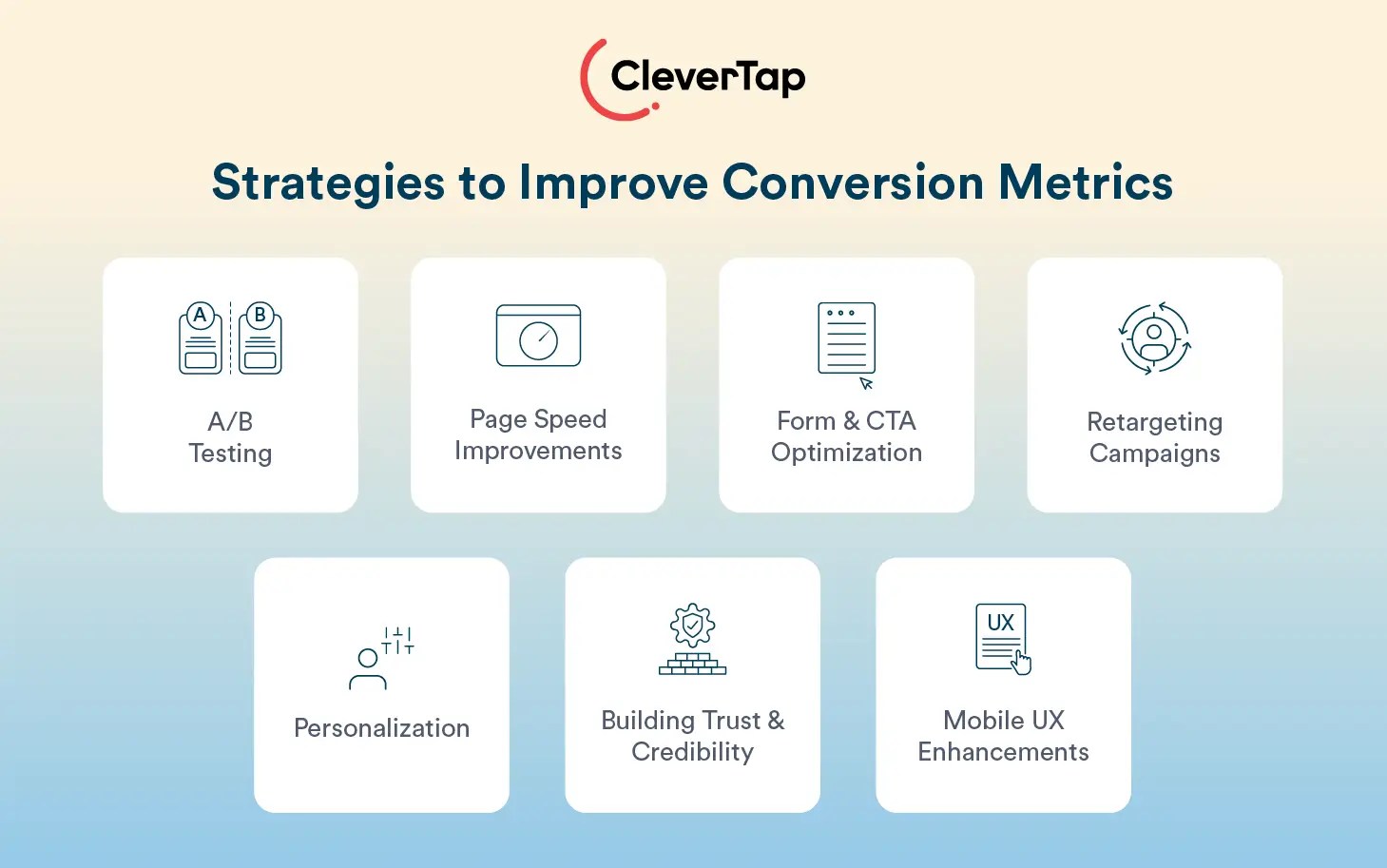
Once you identify which conversion rate metrics need attention, use these strategies to optimize and enhance conversion rate KPIs:
- A/B Testing: Test different versions of headlines, images, and CTAs. Even small changes—such as button text or number of fields in a form fill —can yield higher conversion rates.
- Page Speed Improvements: Slow-loading pages can drive up bounce rates. Compress images, enable caching, and refine code to keep load times minimal.
- Personalization: Tailor product recommendations or landing pages to individual user segments. Personal touches can significantly boost engagement and completion rates.
- Form & CTA Optimization: Keep forms short, only asking for essential information. Make your CTAs visually distinct and compelling, e.g., “Get My Free Demo” instead of “Submit.”
- Retargeting Campaigns: Most users need multiple touchpoints before converting. Retarget lost visitors on platforms like Google or Facebook to bring them back.
- Mobile UX Enhancements: With mobile now the primary source of web traffic, ensure your site or app offers a user-friendly experience on smaller screens to increase app conversion rate.
- Building Trust & Credibility: Add social proof, testimonials, money-back guarantees, and trust seals. A sense of security and credibility often reduces hesitation and cart abandonment.
Establishing trust signals is especially critical for improving conversion rate for fintech apps.
CleverTap: The Smart Way to Increase Conversion Rates
Tracking conversion rate metrics gives you insight into the areas that require your attention—acting on them is what drives real impact. That’s where CleverTap comes in. As a leading all-in-one customer engagement platform, CleverTap helps marketers go beyond reporting to actually improving the metrics that matter.
With its powerful behavioral analytics, CleverTap enables you to visualize user journeys and pinpoint drop-off points across funnels. Want to know where people abandon their cart or stop filling out a form? Tools like Funnels and Flows make that insight instant.
Once you know where users are falling off, CleverTap lets you act fast. Built-in A/B testing allows you to test different headlines, CTAs, layouts, or email formats; ensuring you’re always running with the highest-performing version.
And if you’re running campaigns across multiple channels? CleverTap supports coordinated cross-channel marketing – email, SMS, app push, web push, and even in-app messages, so your engagement feels seamless, no matter where users interact.
Companies like Ixigo, India’s leading travel booking platform, who faced low email engagement despite having rich behavioral data, turned to CleverTap to make their emails smarter and more effective.
Using Funnels, they identified where users were dropping off. With A/B testing, they optimized subject lines and layouts. Then they launched personalized email campaigns triggered by real-time user behavior.
The result? 54% increase in open rates, stronger engagement, and a 3.5% lift in email CTRs.
By turning insights into action—across every channel—CleverTap helps you build smarter campaigns, deliver more personalized experiences, and ultimately, move the needle on the metrics that matter most.
Conclusion
Monitoring the right conversion rate metrics is crucial for marketers aiming to maximize ROI, drive sales, and improve user satisfaction. From core indicators like conversion rate, CTR, and ROI, to funnel-focused measures like funnel drop-off rate and micro-conversions, and finally to retention signals such as CLV and NPS, these conversion rate KPIs paint a well-rounded picture of your business performance.
After tracking these metrics, ongoing website conversion rate optimization through A/B tests, personalized user journeys, and trust-building strategies ensures you continuously refine the customer experience. Tools like CleverTap can help you gather real-time insights, automate campaigns, and run experiments at scale.
Agnishwar Banerjee 
Leads content and digital marketing.Expert in SaaS sales, marketing and GTM strategies.
Free Customer Engagement Guides
Join our newsletter for actionable tips and proven strategies to grow your business and engage your customers.

